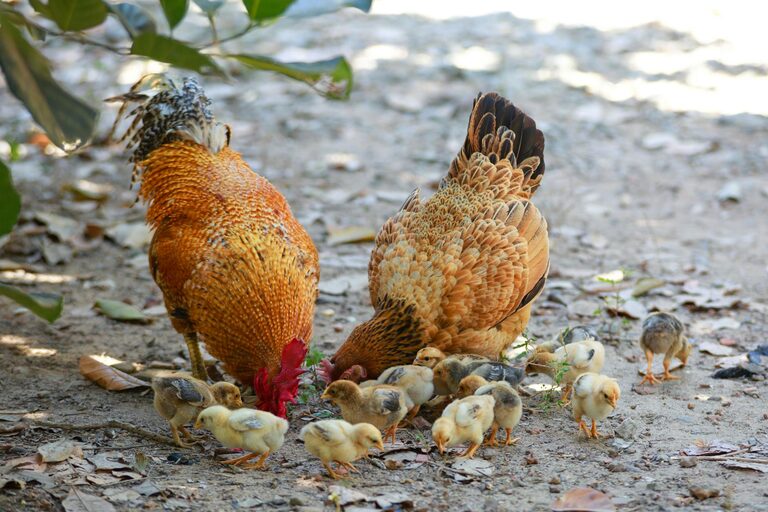Birdwatching is a wonderful way to connect with nature, relax, and learn about the feathered friends that visit your own backyard. Starting this hobby doesn’t require expensive equipment or expert knowledge—just curiosity and some basic guidance. Whether you live in a city, suburb, or countryside, backyard birdwatching can be a rewarding activity for all ages. Here are some beginner tips to help you get started.
Why Backyard Birdwatching?
Birdwatching close to home offers several benefits:
– Easy access: No need to travel far—all you have to do is step outside.
– Stress relief: Observing birds can be calming and help reduce stress.
– Learning opportunity: Gain knowledge about local wildlife and their behavior.
– Encourage conservation: Supporting birds encourages a healthier local ecosystem.
Getting Started: Essential Tools
1. Binoculars
While you can start birdwatching with the naked eye, a pair of binoculars enhances the experience by letting you observe details from a distance.
– Look for binoculars with a magnification of 6x to 8x for backyard use.
– They should be lightweight and comfortable to hold.
– Affordable, beginner-friendly options are widely available online or at outdoor stores.
2. Field Guide or Bird Identification App
A good field guide or smartphone app helps you identify species by their size, color, shape, and behavior.
– Paper guides may be easier for some to use outdoors.
– Apps often have features like bird calls and photos.
– Popular apps include Merlin Bird ID and Audubon Bird Guide.
3. Notebook or Journal
Keep a simple birdwatching journal to record what you see, note behaviors, or sketch birds.
– This practice sharpens observation skills.
– Over time, you can track patterns or seasonal changes.
Creating a Bird-Friendly Backyard
Attracting birds to your backyard involves providing basic needs such as food, water, shelter, and nesting spots.
1. Food Sources
Different birds prefer various types of food, so consider offering a mix:
– Seeds: Black oil sunflower seeds attract a wide variety of birds.
– Nectar: Hummingbirds enjoy nectar feeders.
– Suet: Provides energy, especially in cooler months.
– Fruits: Birds like robins and orioles eat berries and chopped fruit.
Place feeders in spots visible from windows but safe from predators like cats.
2. Water
A fresh water source is essential.
– Use a birdbath, shallow dish, or small fountain.
– Change the water regularly to keep it clean.
– A dripping fountain attracts birds by sound as well.
3. Shelter and Nesting
Birds need cover for safety and places to nest.
– Plant native shrubs and trees to provide natural shelter.
– Install birdhouses suited for specific species.
– Leave some leaf litter or brush piles for ground-feeders.
Tips for Observing Birds
1. Be Patient and Quiet
Birds are easily startled, so move slowly and keep noise levels down.
– Find a comfortable spot near feeders or shrubs.
– Avoid sudden movements or loud talking.
2. Watch at Different Times
Bird activity varies throughout the day.
– Early mornings are often the best time to see a variety of species.
– Late afternoons can also offer good viewing.
3. Learn Bird Sounds
Listening to bird calls and songs can help locate and identify species.
– Use your app or guide to match sounds.
– Over time, you’ll recognize common neighbors by ear.
4. Respect Wildlife
Remember to observe from a distance and avoid disturbing nests or natural behaviors.
– Don’t handle birds or nests unless necessary and permitted.
– Keep pets away during observation times.
Common Backyard Birds for Beginners
Depending on your region, you may regularly see these familiar birds:
– Northern Cardinal: Bright red males with a distinctive crest.
– American Robin: Familiar foraging on lawns, looking for worms.
– Blue Jay: Noisy, intelligent birds with striking blue feathers.
– Chickadee: Small, friendly birds with black caps and white cheeks.
– House Sparrow: Common urban birds, often near houses and feeders.
Building Your Skills Over Time
As you become more comfortable, you can:
– Join local birdwatching groups or online forums.
– Participate in citizen science projects like the Christmas Bird Count.
– Explore different habitats beyond your yard such as parks and reserves.
– Upgrade your equipment if desired.
Conclusion
Backyard birdwatching is an accessible and enjoyable hobby that invites you to slow down and appreciate the natural world right outside your door. With simple tools, patience, and a bird-friendly yard, you’ll soon be observing a fascinating variety of birds and learning about their behaviors. Start small, keep a curious mind, and enjoy the wonderful world of birds in your own backyard.
Happy birdwatching!


